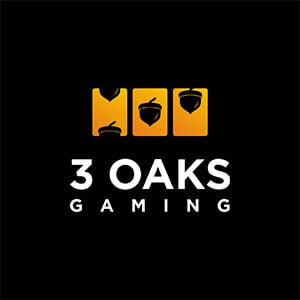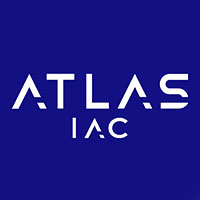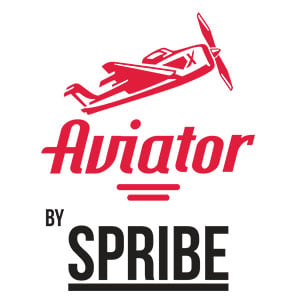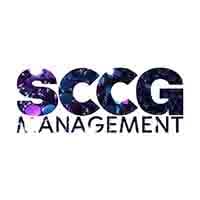Burnout is a condition most in the industry are aware of and is, unfortunately, a more commonly faced issue than we may realise. It goes beyond feeling tired or uninterested in work – it can be paralysing, manifesting in challenges both physical and mental.
Burning yourself out not only hurts you but your business as well. In week three of Saroca’s LeadHERship Program, we examined what burnout can look like, how to mitigate it and the importance of efficient feedback to stand up for yourself and your wellbeing in the workplace.
Signs of burnout
Do you currently experience any of the following: workplace frustration, physical and mental exhaustion, dreading the next day at work, wondering how much longer you can keep this up? Saying yes to multiple can be a sign you are close to burnout.
Burnout can manifest in many forms. For some, we may want to continue to work but are physically unable to. In others, burnout may manifest as disenchantment with a business, asking the question of ‘why am I here?’ and ‘does what I do even matter?’ It is a mindset that can be challenging to overcome, making it crucial that we integrate safeguards both in and outside of the workplace.
140 minutes
Taking just 140 minutes a week, or 20 minutes a day, to engage in stress-relieving activities can drastically reduce your chances of burnout.
It must be understood that certain activities will provide more long-lasting stress relief than others. Going out for a drink, eating junk food and binge-watching realityTV may feel good in the short-term, but as long-term relievers of stress, course leaders Emily Leeb and Claire Adamou suggested some alternatives...
A walk in nature, time spent journaling, exercising and yoga and engaging in acts of kindness have been shown to be far more sustainable, long-term solutions for managing stress. While I tried to argue that a walk in nature is far from the easiest thing to do in London, I was reminded that even in a city as built-up as this, pockets of escape are more than plentiful.
So, that covers stress relief outside of work. But what about in the office?
SBIA
SBIA – Situation, Behaviour, Impact and Agreement. It is an offshoot of the more widely known SBI feedback model, with an extra step; agreement. Describe the situation where an incident took place, the behaviour of the individual, the impact that behaviour had on you, others and/or the business, and finally agree on what needs to be done to stop a recurrence.
It is easy to understand, but takes determination to follow, especially when addressed to those in senior positions. But, to avoid burnout, having open dialogues like these across your team is key.
What did I learn?
Burnout is an issue that should be taken seriously. It is far more than feeling tired or disinterested in work – it is your body forcing you to a halt due to overworking and stress. Stopping that from happening is key, and as I have come to understand, it is never too early to start.


































